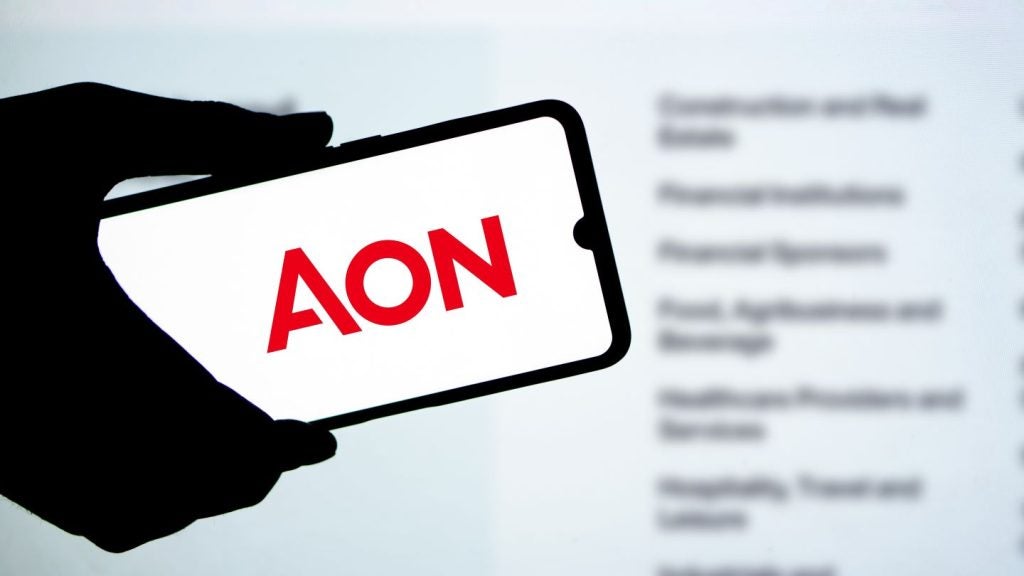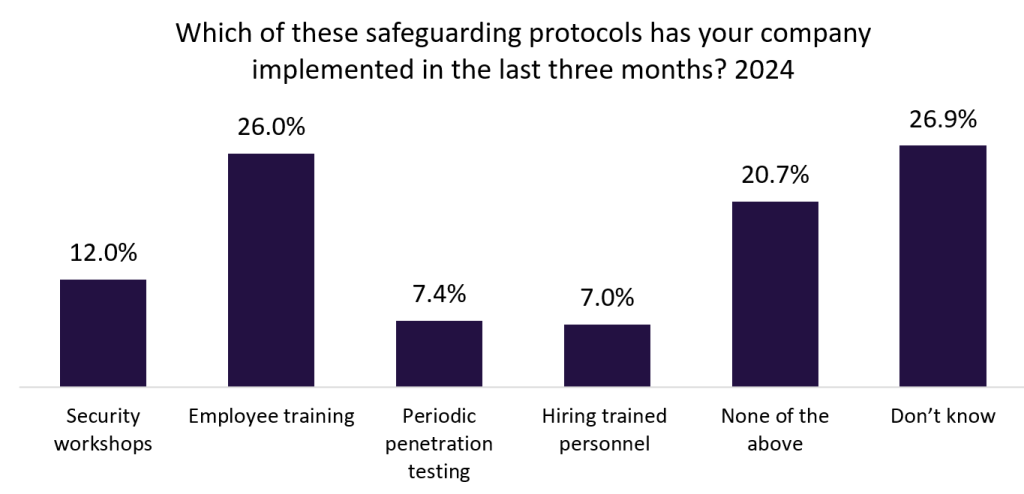The pet insurance industry must clarify the differences between health plans and separate insurance products in order to prevent confusion over the level of cover customers believe they are entitled to, according to GlobalData Financial Services.
Pet insurance customers are becoming confused by pet health plans, which are designed for routine pet care, mistakenly believing they provide insurance coverage if emergency treatment is required.
Customers are in danger of falling between the gap and going uninsured, resulting in significant costs for the treatment of the pet – paid for with their own money.
The pet insurance market is going through a period of sustained inflation.
Veterinary practices are charging high fees for consultations and treatment, and these costs are being passed down to the consumer in the form of higher premiums. This is in the wake of an increase in the volume and cost of claims, with secondary consultations (when a pet is referred to a specialist for specific or advanced care) being largely responsible.
As a result, consumers are increasingly inclined to sign up to a pet health plan, such as those offered by Denplan, as a cheaper alternative.
How well do you really know your competitors?
Access the most comprehensive Company Profiles on the market, powered by GlobalData. Save hours of research. Gain competitive edge.

Thank you!
Your download email will arrive shortly
Not ready to buy yet? Download a free sample
We are confident about the unique quality of our Company Profiles. However, we want you to make the most beneficial decision for your business, so we offer a free sample that you can download by submitting the below form
By GlobalDataThese plans are designed to provide preventative health treatments in support of veterinary practices wanting to build regular and sustainable income, by offering an affordable payment plan in exchange for routine pet care. But the message that pet health plans do not cover pets in the event of emergency treatment is not being communicated effectively.
Fine line
The situation means pet customers are treading a fine line because, as already noted, secondary consultations are a primary driver of cost in the marketplace and they are occurring at a much more frequent rate than previously.
According to industry sources, this is due to veterinary practices being more risk averse, preferring to offer a guarantee of the right or appropriate care and thus reducing the risk of any legal action in the event of an unsuccessful treatment.
Therefore, pet health plans are appearing the more attractive option; however, coupled with the risk of underinsurance is the tendency to treat unnecessarily.
The issue here is that with routine care, when the animal is regularly checked for health issues there is an increased chance that a problem will eventually be found, thus resulting in the owner having to pay hefty amounts for treatment out of their own pocket.
The responsibility lies with the insurer to provide the clarity needed to ensure pet customers are aware of the benefits yet limitations of a health plan, and that they need to opt for insurance cover in order to have full protection.
The market is already expensive and confusing enough without the added complication of two types of services. Insurers must drive the message that pet health plans are not a like-for-like substitute for insurance policies.
For all the latest insight, news and data on the global life and health insurance and reinsurance markets, visit www.lifeinsuranceinternational.com







